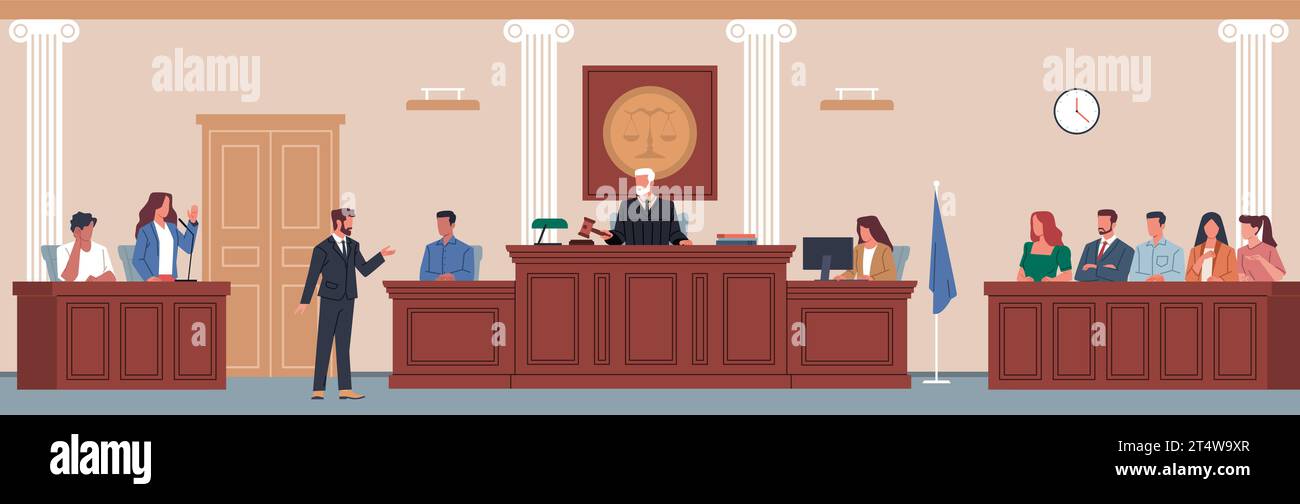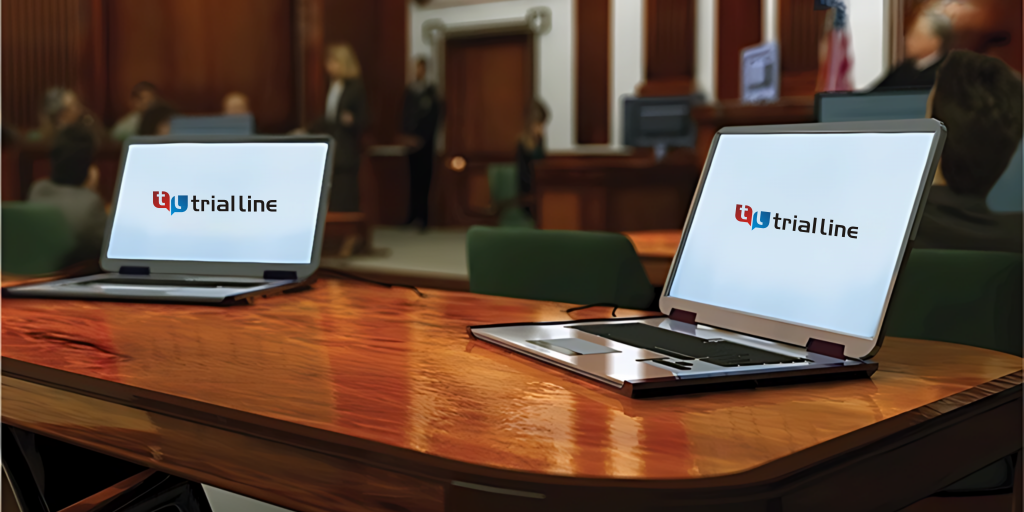Just How Trial Presentations Enhance Your Disagreement and Convince Jurors
Test presentations work as an essential system for improving legal debates and convincing jurors. By incorporating aesthetic aids, narrative frameworks, and psychological interaction, attorneys can develop an engaging case that reverberates on multiple levels. The critical use visuals not just makes clear complex details however likewise captures jurors' attention extra successfully than words alone. Nevertheless, the art of narration plays an equally important role in transforming factual proof into a compelling narrative, forming jurors' assumptions - trial presentations. Comprehending these components can substantially impact trial outcomes, raising the concern of just how each component adds to this intricate dynamic.

Significance of Visual Help
Aesthetic aids play an important role in boosting the effectiveness of trial presentations, as they can significantly enhance audience engagement and retention of information. In the context of a test, where jurors are charged with handling complex information, aesthetic aids serve to streamline and clear up bottom lines. Charts, graphs, and images can share information and concepts that may or else bewilder or puzzle jurors, enabling a more uncomplicated understanding of the evidence presented.
In addition, aesthetic aids aid in preserving juror focus throughout the process. By breaking the uniformity of spoken testament, these tools can punctuate vital debates, making them extra remarkable. Reliable aesthetic aids can likewise stimulate psychological actions, which can be essential in persuading jurors to align with the presenter's narrative.

Crafting Engaging Stories
An engaging story is essential in trial presentations, as it acts as the backbone of effective persuasion. It enables attorneys to weave with each other realities, proof, and psychological aspects right into a systematic tale that reverberates with jurors. This narrative structure allows jurors to comprehend the complexities of the situation while directing them with the attorney's debate.
To craft a compelling narrative, attorneys should focus on clarity and coherence. Additionally, the use of vibrant descriptions can create mental images that help jurors visualize the events, making the story more remarkable.
Moreover, incorporating vital motifs throughout the discussion enhances the core message and help in retention - trial presentations. The narrative ought to not only convey details yet additionally stimulate a sense of justice, highlighting the stakes involved. Inevitably, a sound story promotes a connection in between the jurors and the instance, positioning the attorney's argument as both reputable and engaging, thereby raising the chance of a beneficial verdict

Involving the Jury Psychologically
Efficient court interaction hinges on the lawyer's capability to get in touch with jurors on a psychological level. This link can considerably influence jurors' understandings and their ultimate decision-making. Using emotional charms allows lawyers to humanize the case, changing abstract lawful ideas right into relatable experiences. By providing real-life tales or reviews, lawyers can evoke compassion and concern, promoting a much deeper understanding of the issues at risk.
Visual help, such as pictures or videos, can additionally boost emotional interaction, giving jurors with vivid representations of the instance's human components. Crafting a narrative that highlights the struggles Your Domain Name and victories of the people involved guarantees that jurors see past the lawful debates and recognize the human repercussions of their choices.
An attorney's passionate delivery can resonate with jurors, reinforcing their psychological financial investment in the instance. It's crucial to stabilize psychological charms with factual evidence, ensuring that the original source jurors really feel urged to act while continuing to be grounded in the truth.
Structuring Your Presentation

The body of the presentation should be practically fractional into vital factors, each supported by engaging evidence. It is beneficial to make use of storytelling techniques to weave realities into a story that jurors can quickly follow. Aesthetic aids, such as graphes and videos, can boost comprehension and involvement, assisting to highlight critical items of evidence.
Real-World Instance Studies
Examining real-world study supplies important understandings into the art of trial discussions and persuasion. The site case of "O.J. Simpson v. Individuals of The golden state" illustrates exactly how aesthetic aids and engaging stories can sway court assumptions. The defense group properly employed a method that combined prominent specialist testimonies with look these up multimedia presentations, which mesmerized jurors and inevitably influenced their decision.
One more significant example is the "McDonald's Coffee Situation," where the complainant's attorneys utilized visuals pictures of the injuries suffered by Stella Liebeck. trial presentations. This stark visual evidence played a crucial role in communicating the seriousness of her burns, bring about a substantial jury honor. Such instances demonstrate that impactful test presentations frequently rest on the reliable assimilation of visuals and narration to evoke emotional reactions from jurors
Additionally, the "Casey Anthony Trial" highlighted the relevance of narrative coherence and trustworthiness. The prosecution's failing to establish an engaging timeline diminished their influential power, underscoring the necessity of a well-structured discussion. Analyzing these cases discloses that successful trial discussions need strategic planning, emotional engagement, and the ability to reverberate with jurors' values and ideas.
Conclusion
Test discussions considerably improve disagreements and encourage jurors through the strategic usage of visual help, engaging narratives, and psychological involvement. A well-structured discussion equilibriums psychological charms with accurate evidence, ultimately reverberating with jurors' worths.